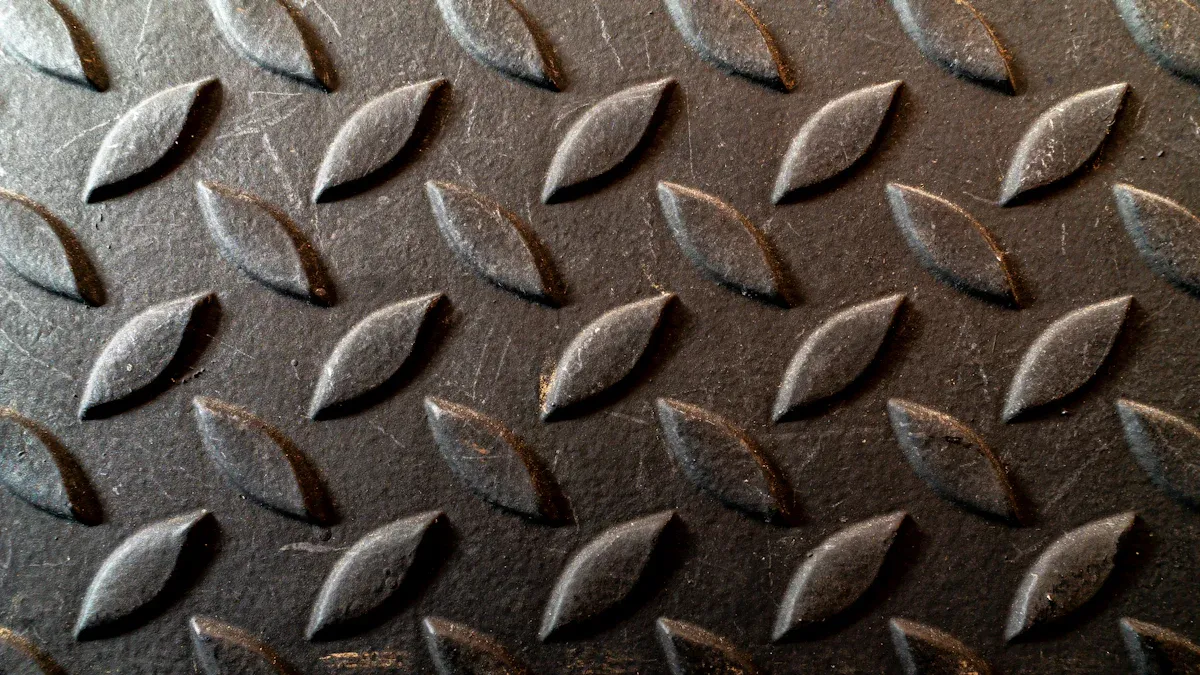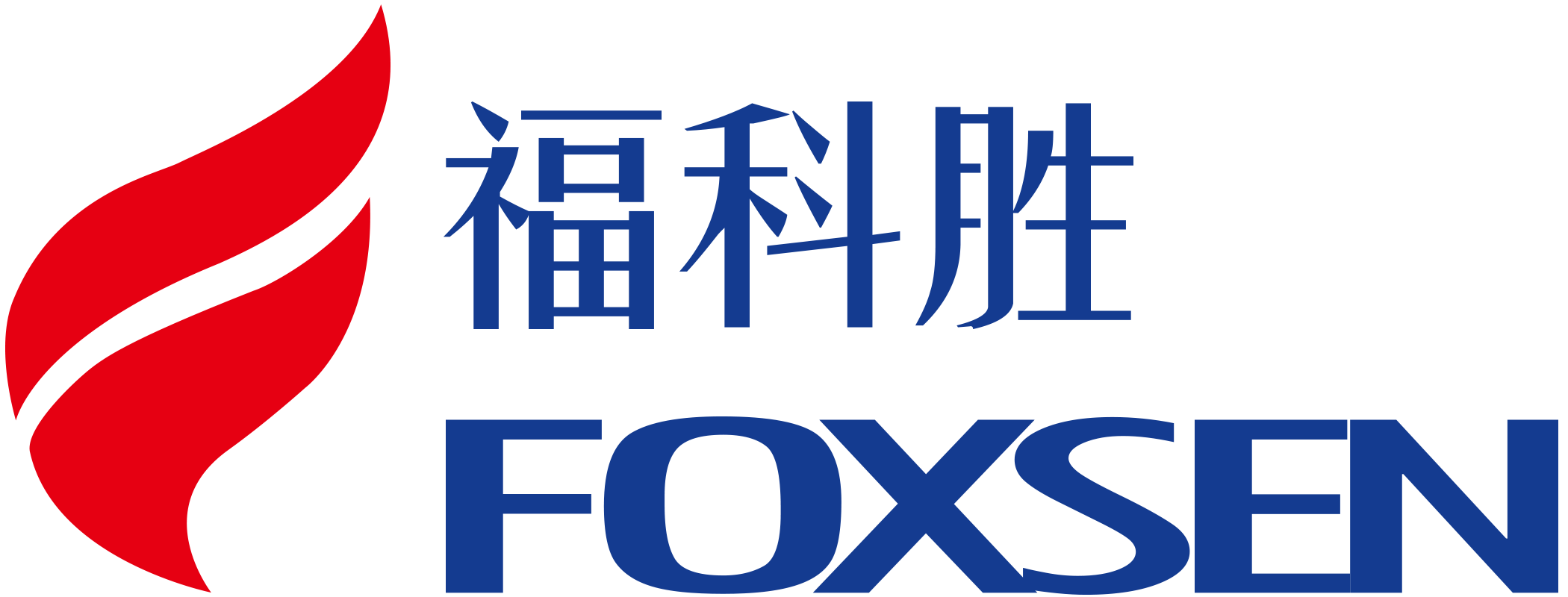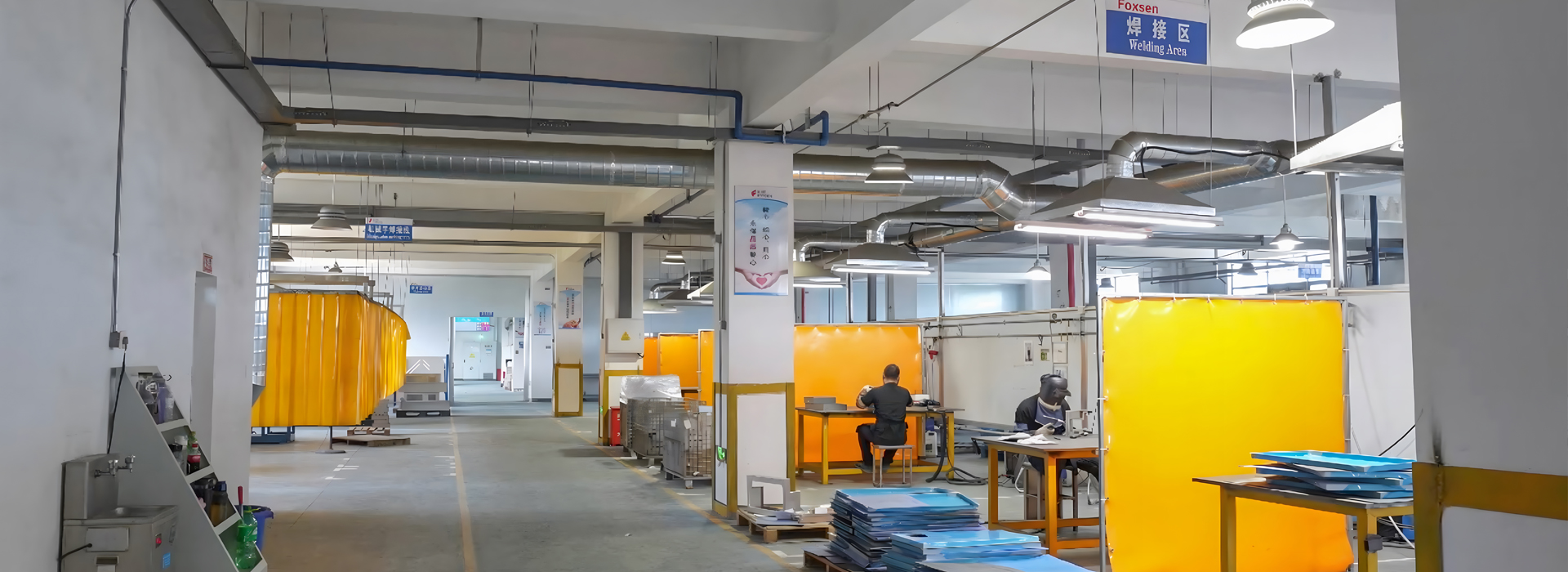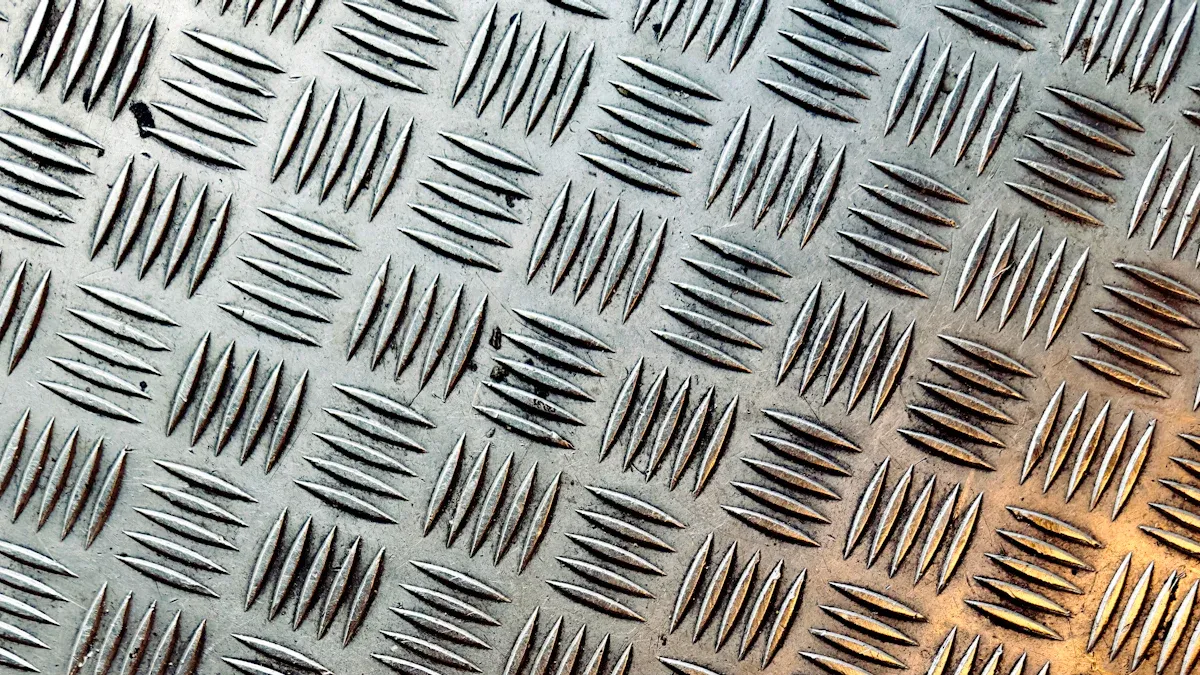Choosing the right sheet metal hot rolled plate helps your project succeed. Each steel plate has special features, so pick carefully. Strength, durability, and weldability affect how the steel works. Price and meeting rules also matter when deciding.
Knowing steel grades makes choosing easier. Learn what each grade does to match it to your project. This saves time and ensures the sheet metal hot rolled plate works well for you.
Key Takeaways
Pick hot rolled steel plates for strength, toughness, and easy welding.
Learn about steel types and uses to choose the best one.
Think about future costs and ways to stop rust to save money.
Talk to experts or sellers to learn about steel and rules.
Check labels to make sure the steel is safe and good quality.
Understanding Hot Rolled Steel

Characteristics of Hot Rolled Steel
Hot rolled steel is made by heating steel until it’s very hot. Then, it is rolled into shape while still hot. This process gives it special features for many uses. Its surface feels rough because it cools in the air. However, this roughness does not change how it works. The steel is also softer, so it’s easier to shape and use.
These features make hot rolled steel strong and flexible for many projects.
Advantages of Hot Rolled Steel
Hot rolled steel has many good points that make it popular. Some of its main benefits are:
High Strength: Some types are very strong, perfect for heavy jobs.
Cost Efficiency: Using less steel saves money on materials and shipping.
Ease of Fabrication: It’s soft, so cutting, bending, and welding are simple.
These advantages make it a top choice for industries needing strong and affordable materials.
Common Applications of Sheet Metal Hot Rolled Plates
Hot rolled steel plates are used in many fields. Here are some examples:
Energy Infrastructure: Wind towers and supports use it for strength and rust resistance.
Aerospace: Parts like landing gear need its toughness and heat resistance.
Medical Equipment: It’s safe for tools and implants because it resists rust.
Automotive: Car frames and trucks use it for safety and long life.
Construction: Factories and bridges rely on it for safety and quick building.
Marine Engineering: Ships and platforms use it because it resists saltwater damage.
Specialized Applications: Gas cylinders are made from it because it’s even and bendable.
These uses show how hot rolled steel fits many needs in different industries.
Key Factors to Pick the Right Steel Plate
Strength and Durability
Strength and durability are very important when picking steel plates. Hot rolled steel is strong and can handle heavy loads without breaking. It bends under pressure but doesn’t stay bent, making it great for tough jobs. This is why it’s used in construction and car-making projects.
Tests show how strong and durable hot rolled steel is. For example:
Also, studies looked at over 2,850 stress-strain curves for steel. These tests help you learn about hot rolled steel’s strength, so you can choose the best one for your project.
Weldability and Machinability
Hot rolled steel is easy to weld and shape. Its low carbon content makes welding simple and keeps it strong. It’s also easy to cut and shape, saving time and money during production.
Research shows why hot rolled steel is great for welding and machining:
1020 hot rolled steel is easy to cut, speeding up production.
Its low carbon content makes welding strong and reliable.
Good machinability lowers costs and saves time.
Welding is key for many building projects. It changes the steel’s structure in heated areas, making it flexible for precise work. This makes hot rolled steel a dependable choice for efficient projects.
Corrosion Resistance
Corrosion resistance is another thing to think about when choosing steel. Hot rolled steel resists rust fairly well, so it works in wet or tough conditions. But cold-rolled steel may resist rust better in salty environments.
Studies compare how hot rolled steel handles rust compared to others:
Hot rolled steel gets better at resisting rust over time because of a protective layer. For more rust protection, think about adding coatings or treatments to make the steel last longer.
Cost and Budget Considerations
When planning a project, cost is very important. Hot rolled steel is cheaper because it’s made at high heat. This process needs less precision, so it costs less than cold-rolled steel. It’s a good choice for big projects that need lots of material.
Think about using materials wisely. Hot rolled steel comes in many sizes and thicknesses. You can pick the exact size you need, which reduces waste. For example, thicker plates can make structures stronger without extra supports. This saves both time and money.
Also, consider long-term costs. Hot rolled steel might need extra treatments to stop rust. Adding coatings or galvanization can make it last longer. Spending on these treatments now can save on repairs later, which is a smart way to save money.
To stay on budget, compare prices from different sellers. Look for discounts when buying in bulk or work with trusted suppliers. By balancing upfront costs with future savings, you can keep your project affordable.
Compliance with Industry Standards
Following industry rules is key when choosing steel plates. These rules ensure the steel is safe, strong, and high quality. Hot rolled steel is made to meet many global and local standards, so it works for lots of projects.
For building projects, check if the steel meets ASTM standards. These rules cover how strong the steel is, what it’s made of, and how it’s used. Here’s a table of some important ASTM standards:
Using steel that meets these standards ensures it’s good for tough jobs like bridges or big machines. It also makes getting project approvals easier since regulators trust these standards.
Always check certifications from your supplier. Good suppliers give proof that their steel meets the required standards. This protects you from using bad materials and avoids problems later.
Hot Rolled Steel Grades and Project Needs
What Are Hot Rolled Steel Grades?
Hot rolled steel grades help you pick the right steel. These grades show the steel’s makeup, strength, and uses. Knowing them helps you choose steel that fits your project.
Different systems, like ASTM, ISO, and SAE/AISI, classify steel grades. Each system has rules to ensure quality and consistency. Here’s a simple comparison:
By learning these systems, you can pick the best steel for your needs.
Popular Grades and Their Uses
Hot rolled steel grades have different strengths and uses. Some are great for buildings, while others work for small parts. Here’s a quick guide:
For example, A36 is strong and used in construction. Meanwhile, 1018 is good for small, precise parts like gears. Picking the right grade ensures your project works well and saves money.
Choosing the Right Grade for Your Project
The best steel grade depends on your project’s needs. Think about strength, durability, and cost. Use this table to match grades to your project:
For basic construction, S235 is affordable and strong. For bridges or heavy structures, S275 or S355 are better due to their higher strength. Always check the steel’s properties to meet your project’s needs.
Also, think about cost efficiency. For example:
A CPI of 1.15 means $1.15 of value for every dollar spent.
A CPI of 1.0 shows spending matches the budget.
A CPI below 1.0, like 0.85, means overspending with less value.
By balancing cost and performance, you can pick steel that works well and stays within budget. This ensures your project succeeds in the long run.
Tips for Picking the Best Sheet Metal Hot Rolled Plate
Understanding Your Project's Needs
Knowing what your project needs is the first step. Every project requires specific features like strength, durability, or weldability. For example, building projects need strong steel to hold heavy loads. Manufacturing projects may need steel that’s easy to shape.
Focus on these important points:
Durability: Pick steel that lasts a long time.
Strength: Choose plates that won’t crack under pressure.
Weldability: Use steel that’s simple to weld, saving time and money.
Ductility: Make sure the steel bends without breaking for safety.
Matching the steel’s features to your project ensures it works well and saves money.
Getting Help from Experts or Suppliers
Talking to experts or suppliers makes choosing steel easier. They know about steel grades, features, and rules. Their advice helps you pick the best steel for your job.
Here’s how experts have helped different industries:
Experts help you pick steel that meets technical needs and follows rules.
Thinking About Long-Term Costs and Performance
Don’t just look at the price now—think about the future too. Hot rolled steel is cheap, but coatings or treatments can stop rust and make it last longer. Spending on these now saves repair costs later.
For example, thicker plates can remove the need for extra supports, saving time and money. Buying steel in exact sizes reduces waste. Comparing prices and buying in bulk can also lower costs.
Balancing upfront costs with future savings keeps your project strong and affordable.
Picking the right hot rolled steel plate is key to success. Knowing how it’s used and its features helps you choose wisely. Look at strength, durability, weldability, and cost when deciding. These things show how strong the steel is, how easy it is to shape, and if it fits your budget.
Reports show why rules and eco-friendly choices matter in steel:
Working with trusted suppliers like Foxsen ensures you get good steel. They help with tricky details like heat levels and strength checks. This keeps your project safe and running smoothly.
FAQ
What is hot rolled steel, and how is it made?
Hot rolled steel is made by heating steel until very hot. It’s shaped into sheets or plates while still warm. This process gives it a rough surface but makes it easy to form.
How do I know if hot rolled steel is right for my project?
Think about what your project needs. Hot rolled steel is strong, durable, and affordable. It’s great for construction, cars, and industrial work. If the surface look isn’t important, it’s a smart option.
Can hot rolled steel resist rust?
Hot rolled steel can handle rust fairly well. Over time, it builds a layer that slows rusting. For extra protection, you can add coatings. In salty areas, more treatments might be needed.
What are the common grades of hot rolled steel?
Popular grades are A36, 1018, and S235. Each has special features for different jobs. For example, A36 is used in buildings, while 1018 works for small parts like bolts.
How can I ensure I’m buying high-quality hot rolled steel?
Buy from trusted sellers who give certifications. Make sure the steel follows rules like ASTM or ISO. Good suppliers guarantee the steel is right for your project.






